Adenosine monophosphate is a nucleotide that can represent part of the energy carrier adenosine triphosphate (ATP). As a cyclic adenosine monophosphate, it also functions as a second messenger. It is created, among other things, when ATP is broken down, which releases energy.
What is adenosine monophosphate?
Adenosine monophosphate (C10H14N5O7P) is a nucleotide and belongs to the purine ribotides. Purine is a building material in the human body that is also found in all other living things. The molecule forms a double ring and never appears alone: Purine is always linked to other molecules to form larger units.
Purine is one of the building blocks of adenine. This base is also found in deoxyribonucleic acid (DNA) and encodes genetically stored information. In addition to adenine, guanine also belongs to the purine bases. The adenine in adenosine monophosphate is linked to two other building blocks: ribose and phosphoric acid. Ribose is a sugar with the molecular formula C5H10O5. Biology also calls the molecule pentose because it consists of a five-membered ring. In adenosine monophosphate, phosphoric acid binds to the fifth carbon atom of ribose. Other names for adenosine monophosphate are adenylate and adenylic acid.
Function, effect & tasks
Cyclic adenosine monophosphate (cAMP) supports the transmission of hormonal signals. A steroid hormone, for example, binds to a receptor that is located on the outside of the cell membrane. In a sense, the receptor is the cell's first recipient. The hormone and the receptor fit together like a key and lock and thus trigger a biochemical reaction in the cell.
In this case, the hormone is the first messenger that activates the enzyme adenylate cyclase. This biocatalyst now splits ATP in the cell, creating cAMP. Then cAMP in turn activates another enzyme that, depending on the cell type, triggers the cell response - for example the production of a new hormone. Adenosine monophosphate has the function of your second signal substance or a second messenger.
However, the number of molecules does not stay the same from step to step: The number of molecules increases approximately tenfold per reaction step, which increases the cell's response. This is also the reason why hormones are sufficient in very low concentrations to trigger a strong reaction. At the end of the reaction, all that remains of the cAMP is adenosine monophosphate, which other enzymes can return to the cycle.
When an enzyme splits AMP from adenosine triphosphate (ATP), energy is generated. The human body makes various uses of this energy. ATP is the most important energy carrier within living beings and ensures that biochemical processes can take place at the micro level as well as muscle movements.
Adenosine monophosphate is also one of the building blocks of ribonucleic acid (RNA). In the nucleus of human cells, genetic information is stored in the form of DNA. So that the cell can work with it, it copies the DNA and creates an RNA. DNA and RNA contain the same information on the same section, but differ in the structure of their molecules.
Education, occurrence, properties & optimal values
Adenosine monophosphate can arise from adenosine triphosphate (ATP). The enzyme adenylate cyclase splits the ATP and releases energy in the process. The phosphoric acid of the substances plays a particularly important role. Phosphoanhydrite bonds couple the individual molecules to one another. The cleavage can have several possible outcomes: either enzymes split the ATP into adenosine diphosphate (ADP) and orthophosphate or into AMP and pyrophosphate. Since the energy metabolism is essentially like a cycle, enzymes can also combine the individual building blocks back into ATP.
The mitochondria are responsible for the synthesis of ATP. Mitochondria are cell organelles that function as the cells' power stations. They are separated from the rest of the cell by their own membrane. Mitochondria are inherited from the mother (maternal). Adenosine monophosphate occurs in all cells and can therefore be found everywhere in the human body.
Diseases & Disorders
A number of problems can arise with adenosine monophosphate. For example, the synthesis of ATP in the mitochondria can be disturbed. Medicine also calls such a dysfunction mitochondrial disease. It can have a variety of causes, including stress, poor diet, poisoning, free radical damage, chronic inflammation, infection, and intestinal disease.
Genetic defects are often responsible for the development of the syndrome. Mutations change the genetic code and lead to various disorders in the energy metabolism or in the structure of molecules. These mutations are not necessarily found in the DNA of the cell nucleus; Mitochondria have their own genetic make-up that exists independently of the cell nucleus DNA.
In mitochondriopathy, the mitochondria only produce ATP more slowly; the cells therefore have less energy. Instead of building complete ATP, the mitochondria synthesize more ADP than normal. The cells can also use ADP for energy production, but ADP emits less energy than ATP. In mitochondrial disease, the body can use glucose as an energy supplier; when they are broken down, lactic acid is produced. Mitochondrial disease is not a disease in its own right, but is a syndrome that can be part of a disease.
Medicine summarizes various manifestations of mitochondrial disorders under the name. It can occur, for example, in the context of the MELAS syndrome. This is a neurological disease that is characterized by seizures, brain damage and an increased formation of lactic acid. In addition, mitochondrial disease is also related to various forms of dementia.


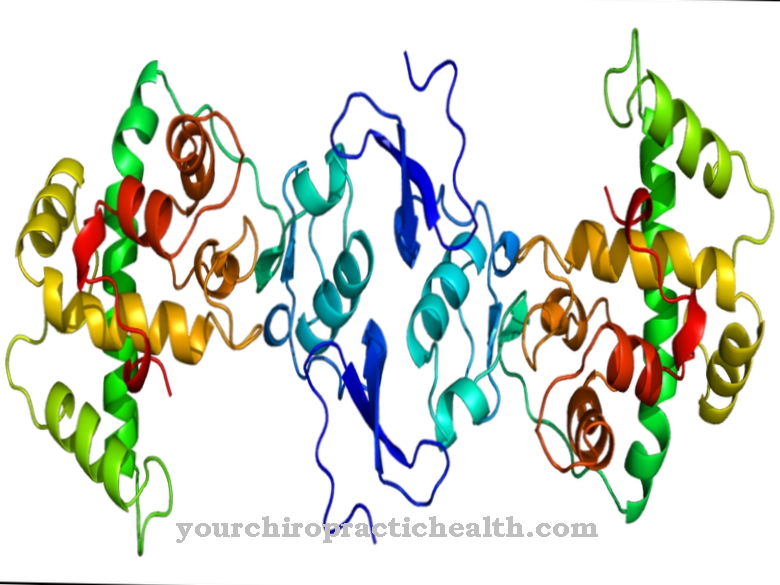



.jpg)

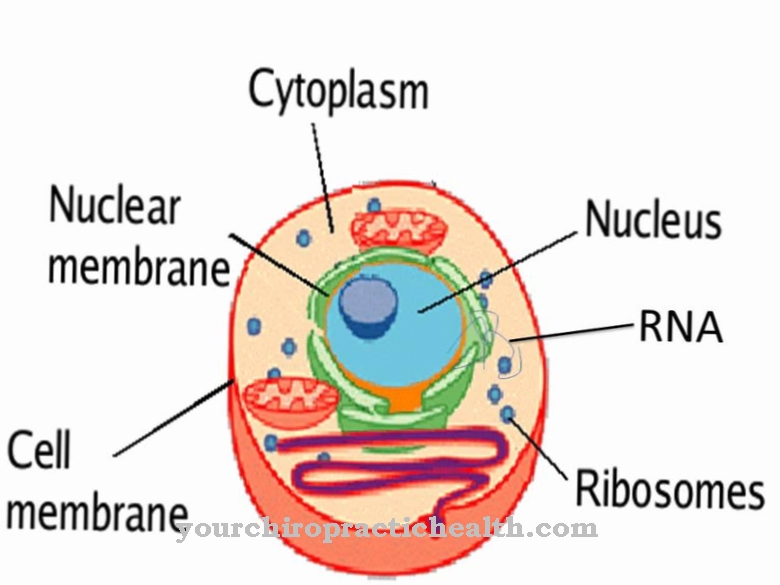



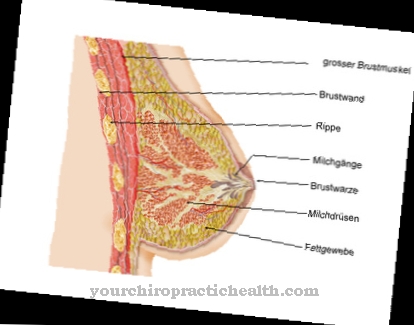

.jpg)
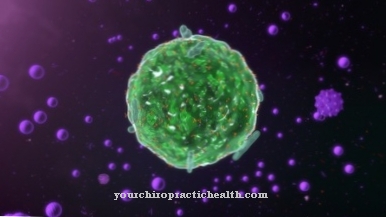
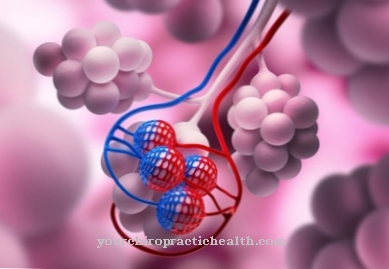



.jpg)

.jpg)





